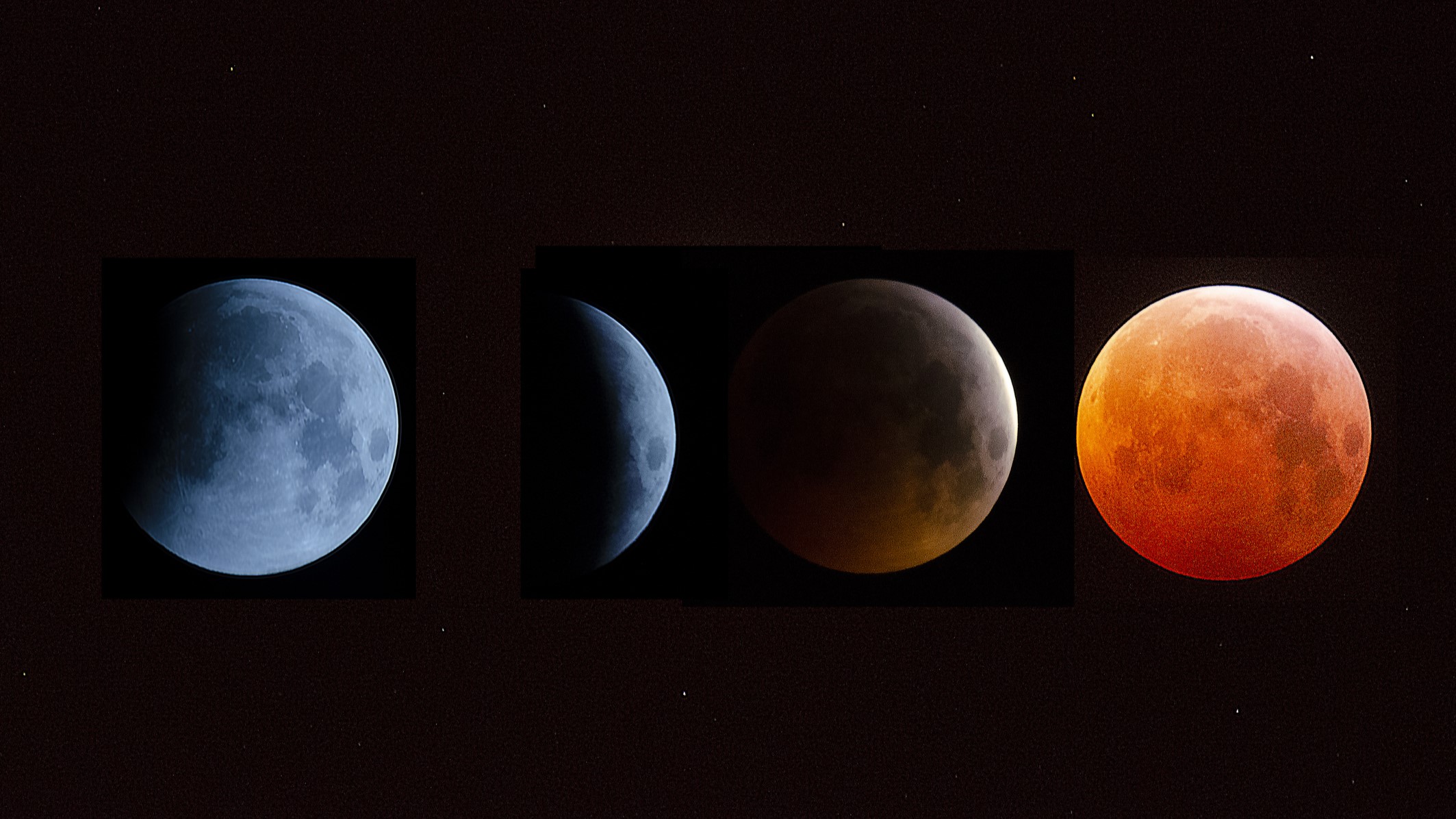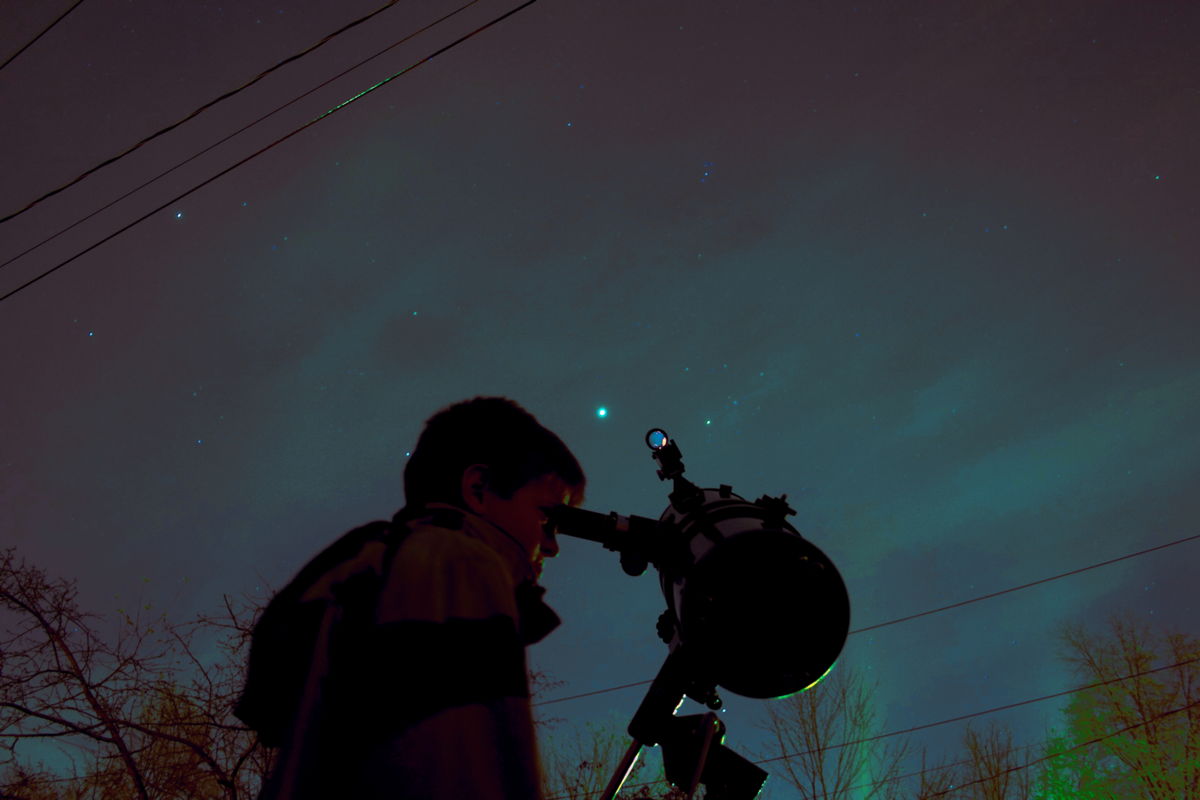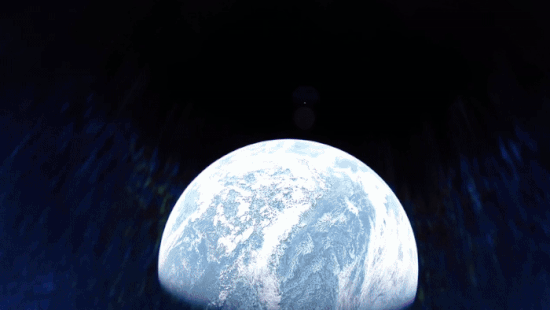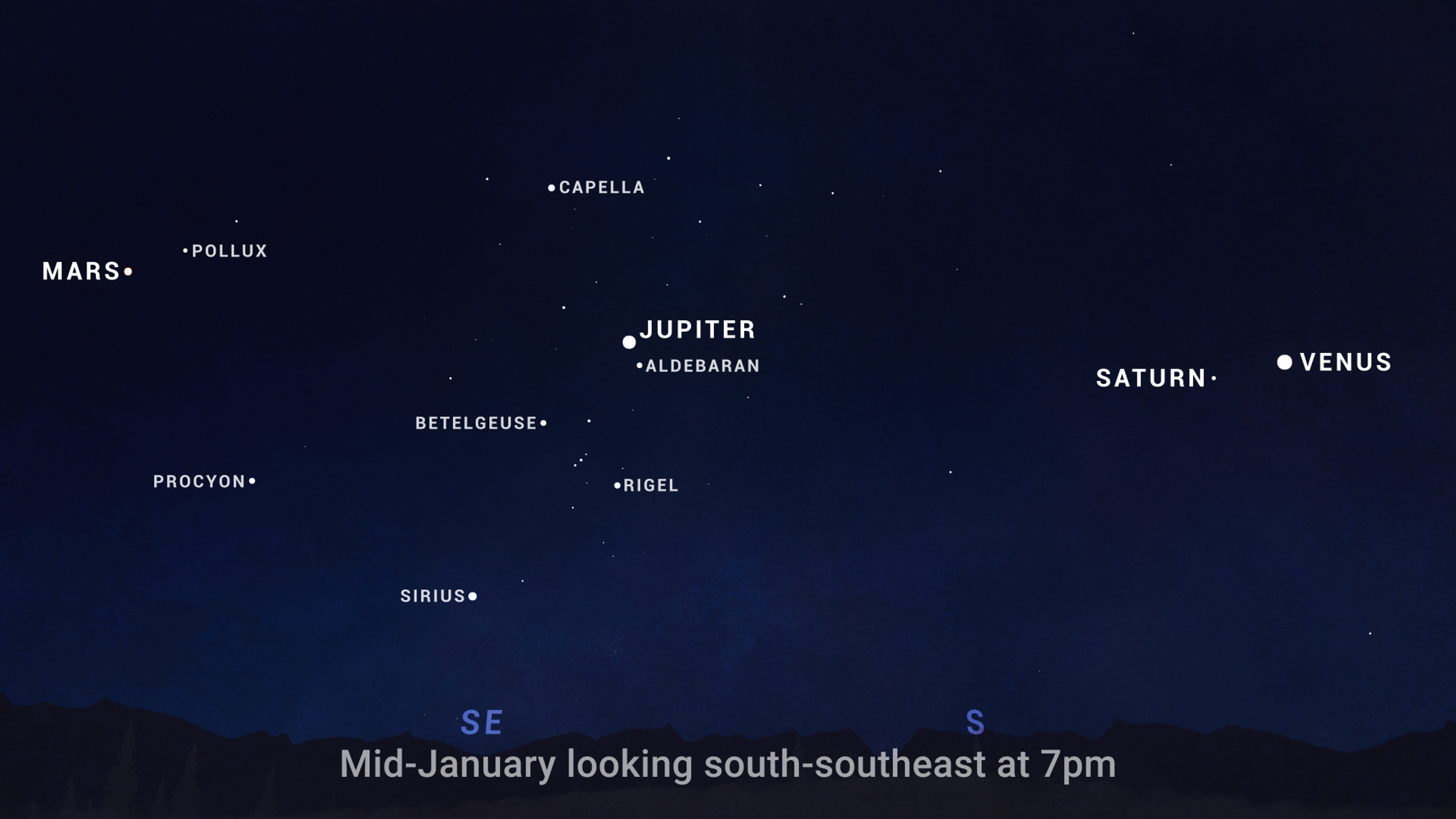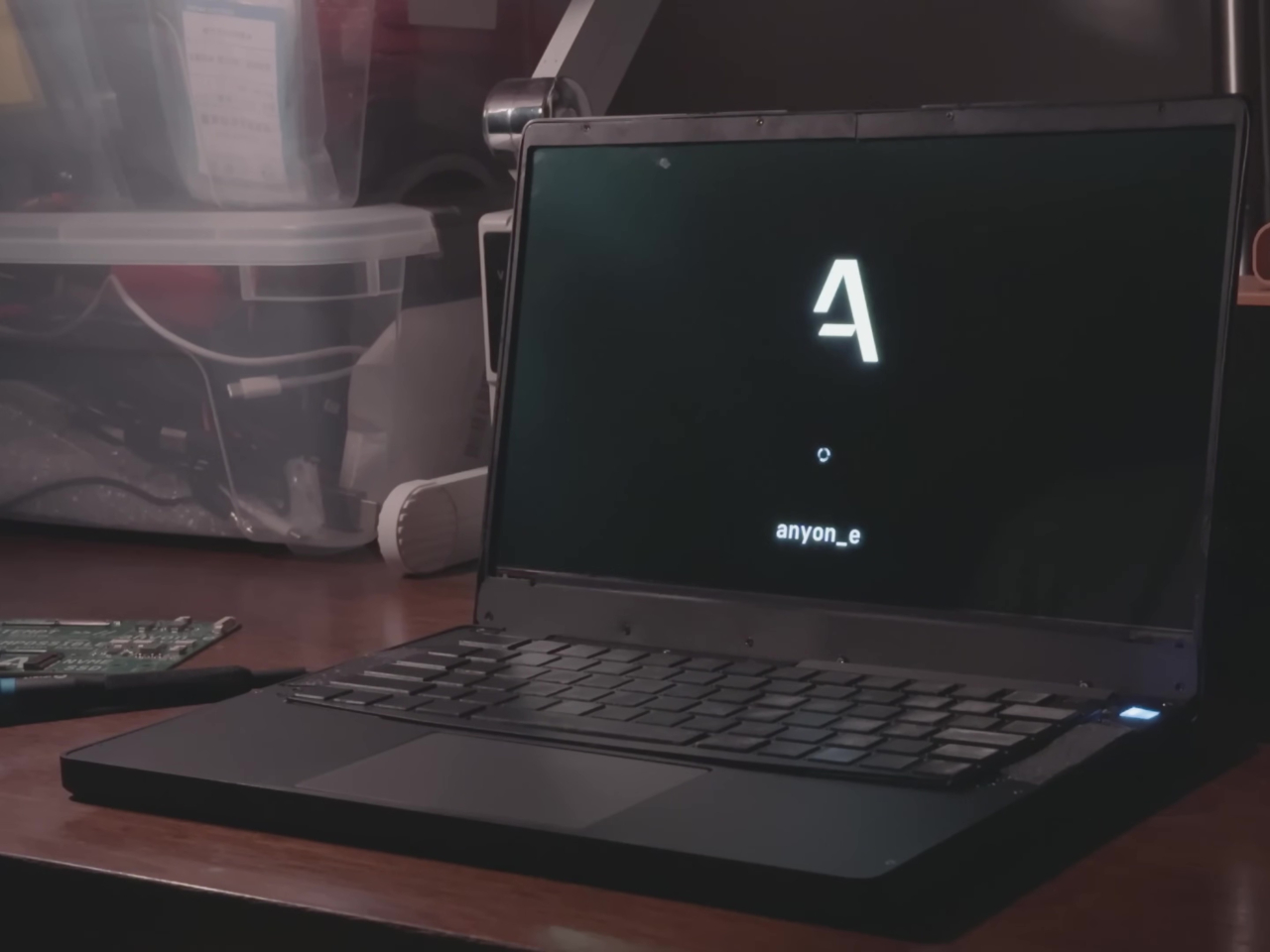Several Double Planetary Disks Found
If you want to know what the newly forming Solar System looked like, study planetary disks around other stars. Like them, our star was a single star forming its retinue of worlds and other stars did the same. This all happened 4.5 billion years ago, so we have to look at similar systems around nearby … Continue reading "Several Double Planetary Disks Found" The post Several Double Planetary Disks Found appeared first on Universe Today.

If you want to know what the newly forming Solar System looked like, study planetary disks around other stars. Like them, our star was a single star forming its retinue of worlds and other stars did the same. This all happened 4.5 billion years ago, so we have to look at similar systems around nearby stars.
Recently astronomers used radio and optical telescopes to study a collection of so-called “double planetary disks”. These are collections of material around binary stars, sometimes also called “protoplanetary disks.” They zeroed in on a system called DF Tau because it showed some peculiar characteristics. You’d think the planetary disks in those pairs would be roughly the same since they formed from the same raw materials as their parent stars. However, they show some surprising differences from each other.
DF Tau and Its Double Planetary Disks
DF Tau lies just over 400 light-years away from us in the constellation Taurus. It’s in a giant molecular cloud that contains hundreds of newborn stars. DF Tau is two fairly young stars of equal mass. They’re in a 48-year-long orbital dance with each other, and very likely formed together in the same cloud of gas and dust. However, their disks show distinct differences. The brighter, primary star has an active inner disk. The secondary star’s inner region appears to have almost completely disappeared. What does this say about the formation and evolution of these regions and their planets (if they have any)?
According to Dr Taylor Kutra of Lowell Observatory and one of the researchers looking at this system, it’s complex. “The dispersal of circumstellar disks is a complicated process with many unknowns,” said Kutra. “By looking at systems that form together, we can control one major variable: time. DF Tau and other systems in our survey tell us that disk evolution isn’t strictly a function of time, other processes are at play.”
Disk Mechanics
Think of planetary disks like giant wheels spinning in the hearts of molecular clouds. As it moves, material from the disk clumps together. That forms planetesimals, and ultimately planets. The process of planet formation eventually uses up the material in the disk. It doesn’t take long for the material to dissipate like this. There’s nothing left of our own Solar System’s circumstellar birthplace, so we have to look for other examples to understand our own.

Finding such disks around other stars is a snapshot of a planetary crèche early in the formation and evolution process. Finding a pair of them as a binary is an extraordinary chance to understand the complications of planetary formation in such a pair. The fact that one of them has experienced dissipation of its inner region raises a lot of questions. What’s happening to cause that dissipation? Could it be due to planetary formation taking place more rapidly in one disk? Is there formation taking place in the brighter one? What other processes could cause such an imbalance in the two structures?
Kutra and a team of astronomers used the NRAO’s Atacama Large Millimeter Array in Chile, as well as optical and infrared observations from other facilities such as the Keck Observatory to study the pair. Their data should help shed light on the process of planetary formation in the paired disks, and explain the differences. One possibility to explain the differences in dissipation is to look at the viscosities of the individual disks. Another is to look for the presence of a substellar companion carving out gaps in the one surrounding the secondary star. It’s also possible that the newborn stars could affect their disks in different ways. In some systems, those stars work to evaporate their disks quite quickly.
Future Work Needed
DF Tau wasn’t the only system they studied. There are many other sources in the ALMA survey. They allow astronomers to study how circumstellar disks evolve, particularly in binary systems. The DF Tau system merits more study since astronomers are just beginning to understand its characteristics.
Once astronomers get a handle on these processes, it should help us understand planet formation in circumstellar disks. That’s because their evolution directly affects the timing of planetary formation. Astronomers will continue to probe the density of the disks, and the timing of changes in the inner and outer regions—and if all goes well—search for newly forming worlds there and in other systems they find in the future. Since not all stars form as singletons (like the Sun did), checking out more binaries should give us a better understanding of binary star and planet evolution.
For More Information
Double the Disks, Double the Discovery: New Insights into Planet Formation in DF Tau
Sites of Planet Formation in Binary Systems. II. Double the Disks in DF Tau
Star Formation in the Taurus-Auriga Dark Clouds
The post Several Double Planetary Disks Found appeared first on Universe Today.
What's Your Reaction?






























_Elena_Uve_Alamy.jpg?#)



.png?width=1920&height=1920&fit=bounds&quality=80&format=jpg&auto=webp#)





